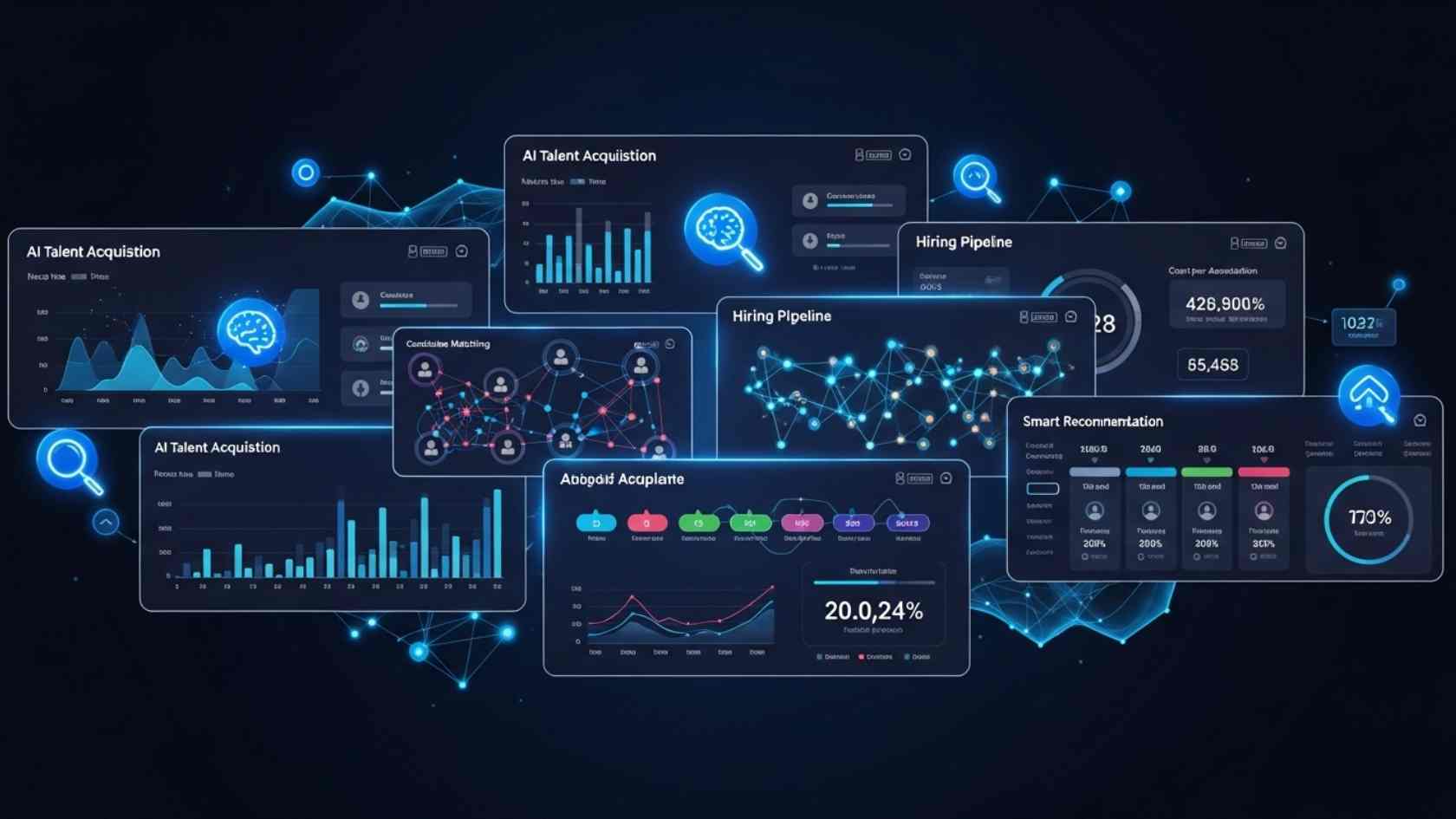Just imagine a watermelon that has a shiny green shell outside and red from inside. It is full of sweetness, but what matters is that the luxurious appearance is locked, stuff less savory? That’s the substance of its effect: a misleading of success hiding serious problems below. When we depend only on surface indicators, we present fruit that looks ripe but tastes rotten. Let’s examine this situation and learn how to break it down for full clarity.
Understanding the Watermelon Effect
At its simplest, the Watermelon Effect happens when everything in your reports or dashboards looks green—that is, positive—even though real problems are being hidden. Stakeholders celebrate fixes, hits on targets, and a motivated team, but they aren’t seeing the full picture.
The watermelon effect happens in many places: IT projects that are on time but hide security risks, marketing reports that show good clicks but poor conversions, and cost-saving claims that don’t mention growing costs. The watermelon looks fine on the outside, but inside, it’s a letdown.
Why We Fall for Green Shells and Red Cores
We often let the watermelon effect take hold because green metrics are easy to track, measure, and display—things like checked‑off tasks, staying under budget, or high customer scores fit neatly into traffic‑light dashboards and give leaders a simple, reassuring picture. At the same time, red is a warning sign that shows slipping team morale, technical problems, or hidden effor loss. Thus, it is hard to quantify and doesn`t fit neatly in a chart.

Worse, teams may fear they’ll be blamed or penalized for revealing these real issues. They hold back or omit them entirely. The result: reports and presentations stay green, while deeper problems remain unseen. Mentally, we are tense to search for certainty and avoid a clash. Explaining everything as green gives a safe feeling and is considered more professional.
Yet this safety is deceptive. When we avoid the details, we lose depth, stop honest talks, and make bad decisions. The result? A watermelon that looks good but harsh taste.
The Hidden Dangers of the Watermelon Effect
Hidden beneath the bright red surface of problems are risks that can stop projects in their tracks. When positive signals are broadcast:
- Missing information leads decision-makers to make wrong choices.
- Teams get tired of trying to look perfect instead of fixing the real issues.
- Budgets explode as hidden issues demand emergency resources later.
- Customer trust erodes when flaws eventually surface in live environments.
- Competitive advantage slips away as innovation stalls under the guise of “on track.”
These risks are a ticking bomb. The longer you ignore them, the bigger the blast when it goes off.
Spotting the Red Core with Deeper Insights
- To overcome the watermelon effect, you need tools that go beyond simple measures. Also, look out for red flags.
- Is customer satisfaction getting worse, even though response times are good?
- Are team reviews missing problems, even when the progress looks good?
- By asking the right questions, you can discover problems that usual metrics don’t show.
| Metric | Reality Behind the Numbers |
| 99% On-Time Delivery | The backlog of quality checks is increasing by 30% every month. |
| 4.8/5 Customer Satisfaction | 15% of customers stopped using the service in the last quarter. |
| Budget Variance: -2% | There are vendor contract costs that haven’t been reported. |
This table highlights how a green dashboard can hide the true picture. By adding diagnostic counters such as defect density, churn percentages, and change logs to key KPIs, you get a better understanding of the project’s health.
Strategies to Slice Through Superficial Reports

To handle the watermelon effect, you need to make changes in culture, processes, and tools. Create a place where honesty is valued and appreciate teams that identify risks early and see warnings as chances to improve, not failures. Next, improve your reporting by combining both numbers and descriptions: mix data with feedback from reviews, customers, and risk evaluations.
Control technology always integrates data from multiple sources, such as Alloy company provides a single dashboard. This platform surfaces both high-level progress and detailed issue logs.
By automatically collecting data from development, support, and finance systems, you can prevent greenwashing and invite proactive involvement.
Wrapping Up with Fresh Transparency
Seeing everything green may seem comforting, but the watermelon effect hides real risks. Surface success can weaken strategy and cause teams to scramble when problems appear. Stay transparent by combining green and red signals in integrated reports. That way, what you show matches reality, and insight tastes as good as claimed.
Remember: a true watermelon surprises you with regularity from rust to the center. Aim for the same clarity in your projects. When your data is accurate and detailed, decisions become sharper, self-assurance grows, and you build a reputation for delivering not just on surface goals and expectations, but realistic results.










